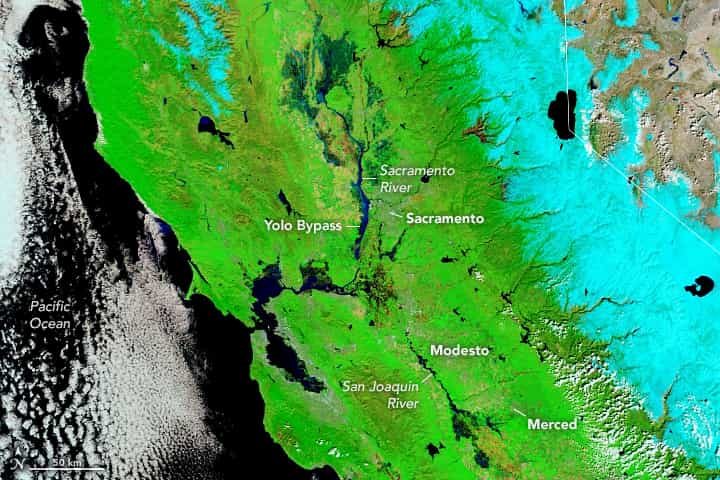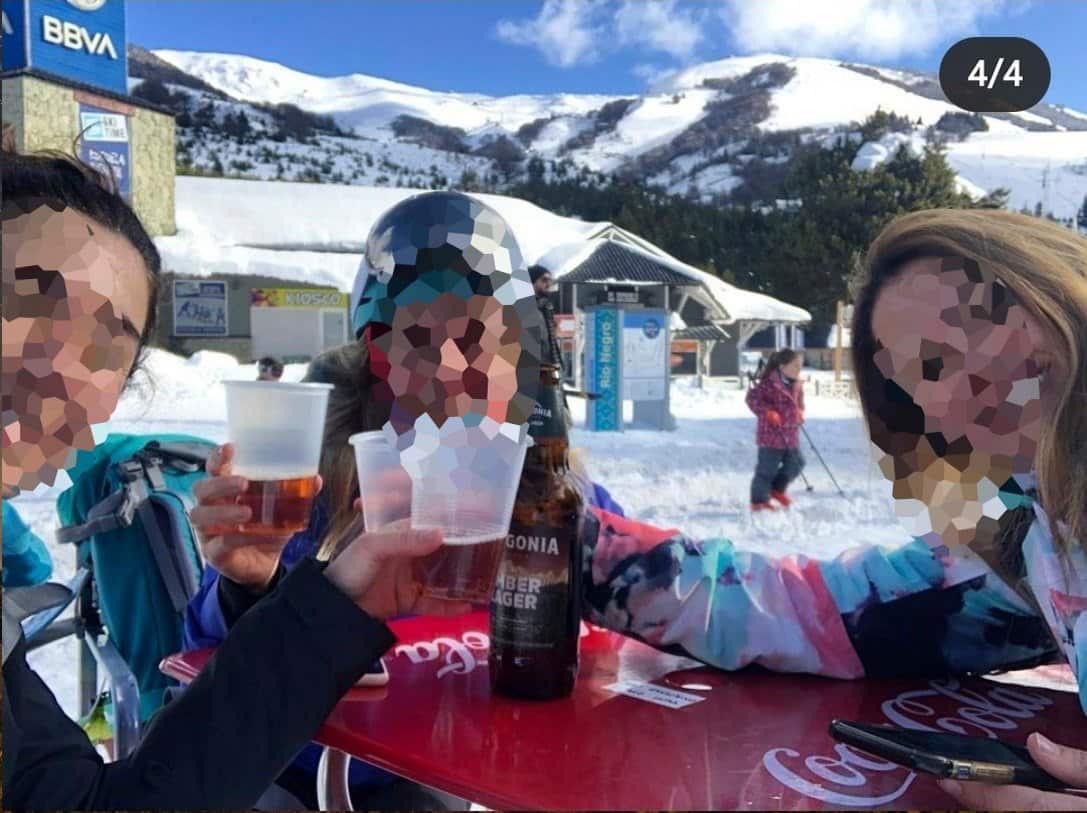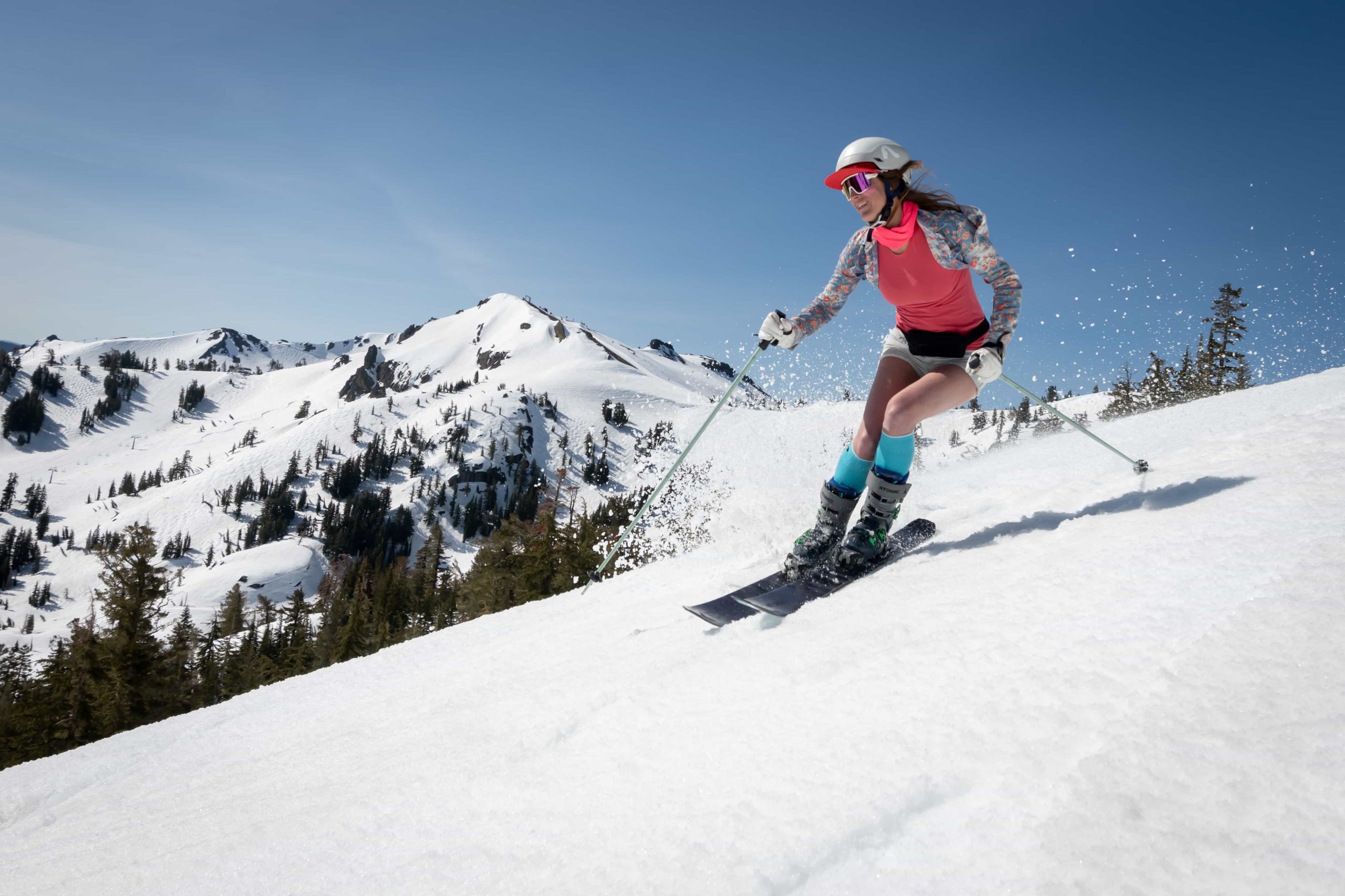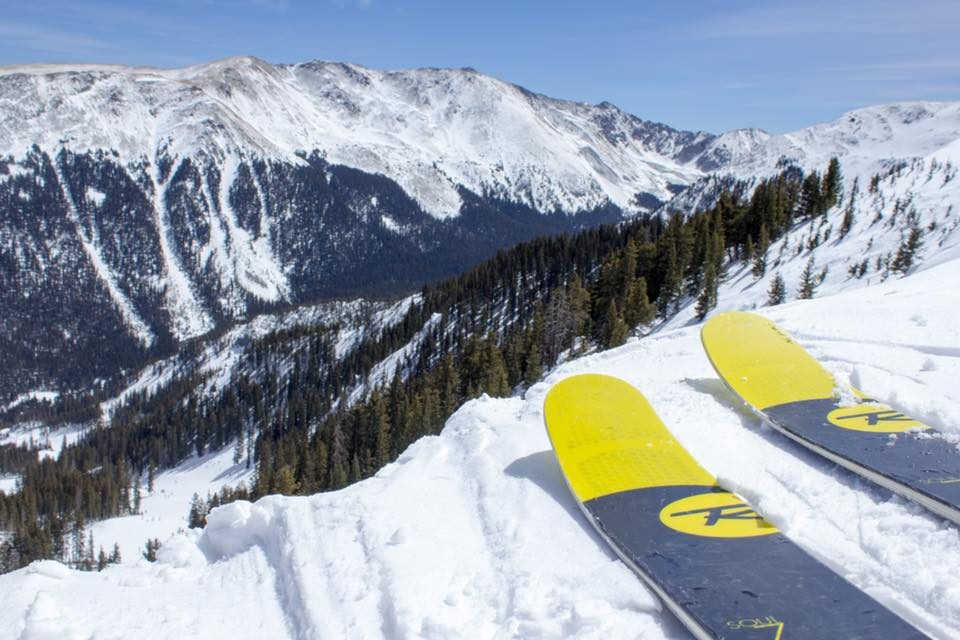
How a snowflake forms is a very interesting, intricate process that we all know almost nothing about. This lack of snowflake genesis knowledge is a shame considering how important snow is to all of our lives and our lives as skiers and riders especially. Below, I’ve spelled out the most simple steps in the development of a snowflake in the simplest terms possible.

INITIAL CRYSTAL FORMATION:
The birth of every snowflake starts with a tiny microscopic particle floating in the atmosphere called a freezing nuclei. A freezing nuclei can be any number of particulates in the air including dust, salt, soil, etc. To freeze, water droplets need a surface to initiate crystal formation, meaning that without freezing nuclei, water droplets will not crystallize and will remain as liquid droplets in temperatures down to -40 degrees Celsius.

Unfortunately for snow sports enthusiasts, freezing nuclei are less common than one would imagine. At -10 degrees Celsius, only one in a million water droplets freeze, at -30 degrees Celsius, one in a thousand freeze, and at -40 degrees all droplets will freeze spontaneously.

VAPOR PRESSURE ALLOWS FOR CRYSTAL GROWTH:
When enough heat is provided to water droplets, water molecules break free from liquid droplets and hover over the surface creating a mini “atmosphere” of vapor around the supercooled liquid droplet. As more molecules break free, the vapor pressure around water droplets in a cloud increases. Since bonds between liquid water molecules are considerably weaker than bonds between solid water molecules, the vapor pressure around water is greater than the vapor pressure around ice.

The rest is basic High School chemistry: molecules in high pressure areas, if unrestrained, will disperse to lower pressure areas. In our case, the molecules around water droplets with a high vapor pressure travel to ice crystals where the vapor pressure is lower. The result — ice crystals grow essentially by stealing molecules from water droplets.

RELATED POSTS:





Crazy that water doesn’t have to freeze until -40C/-40F.
nerdy, yet delicious.